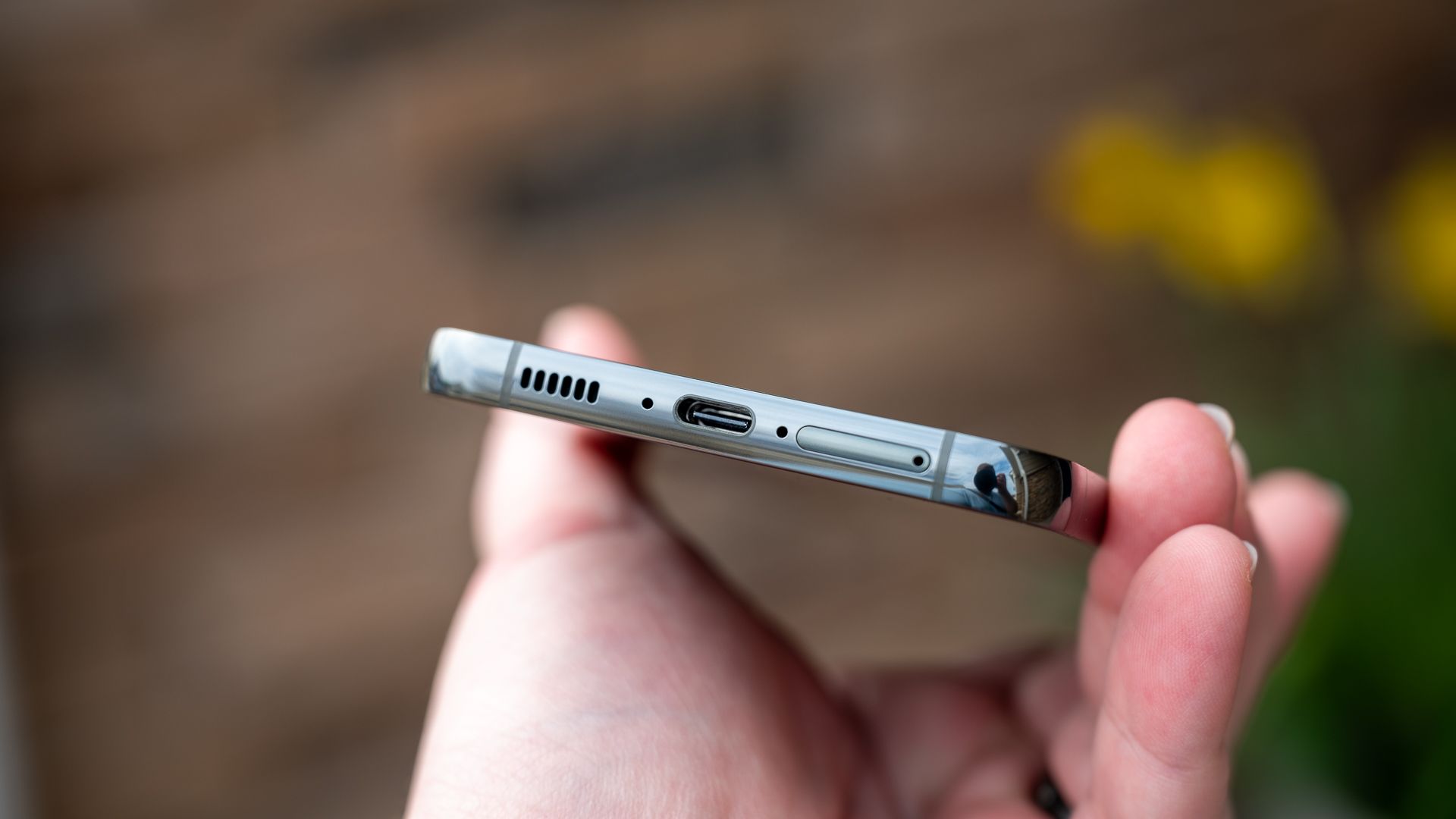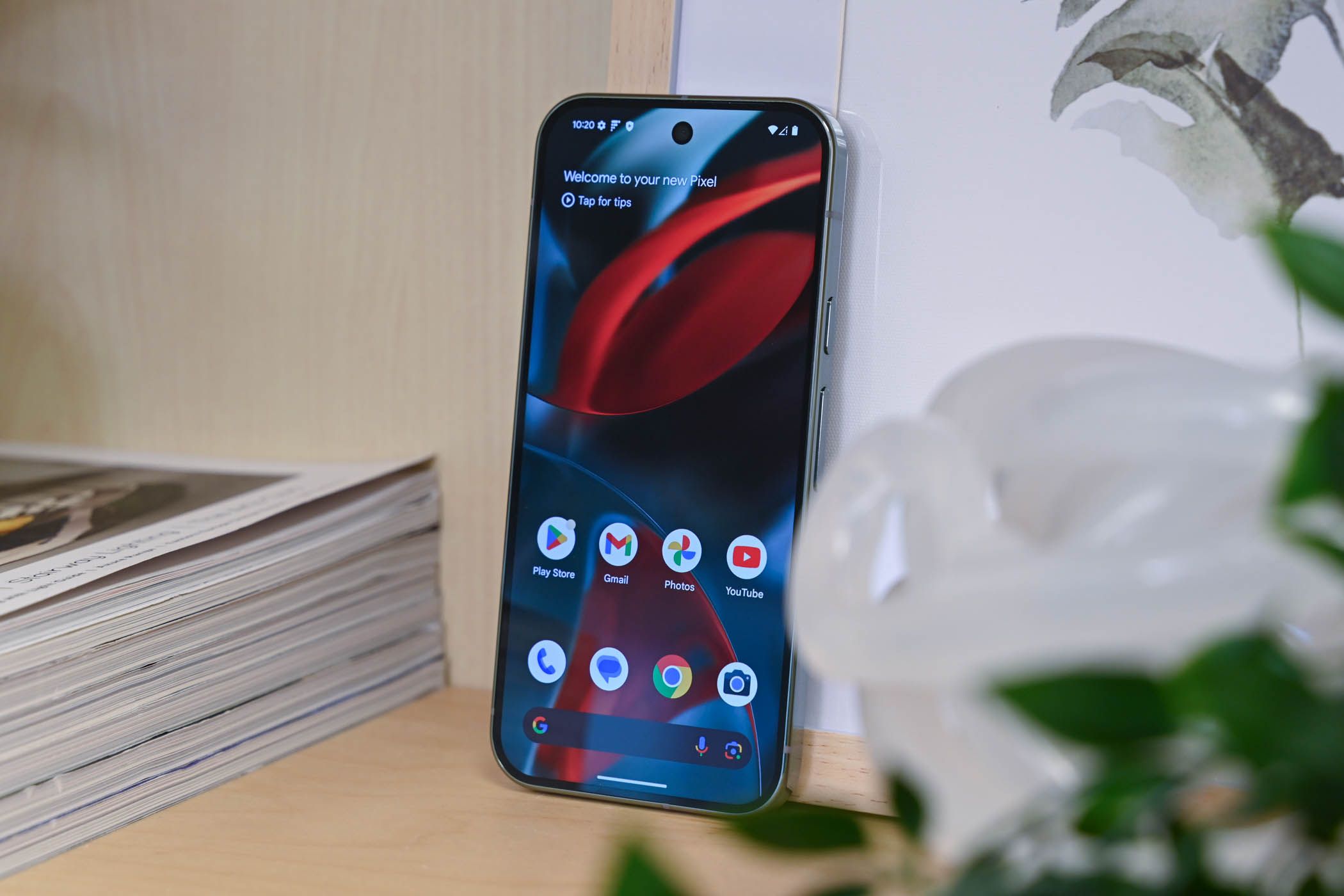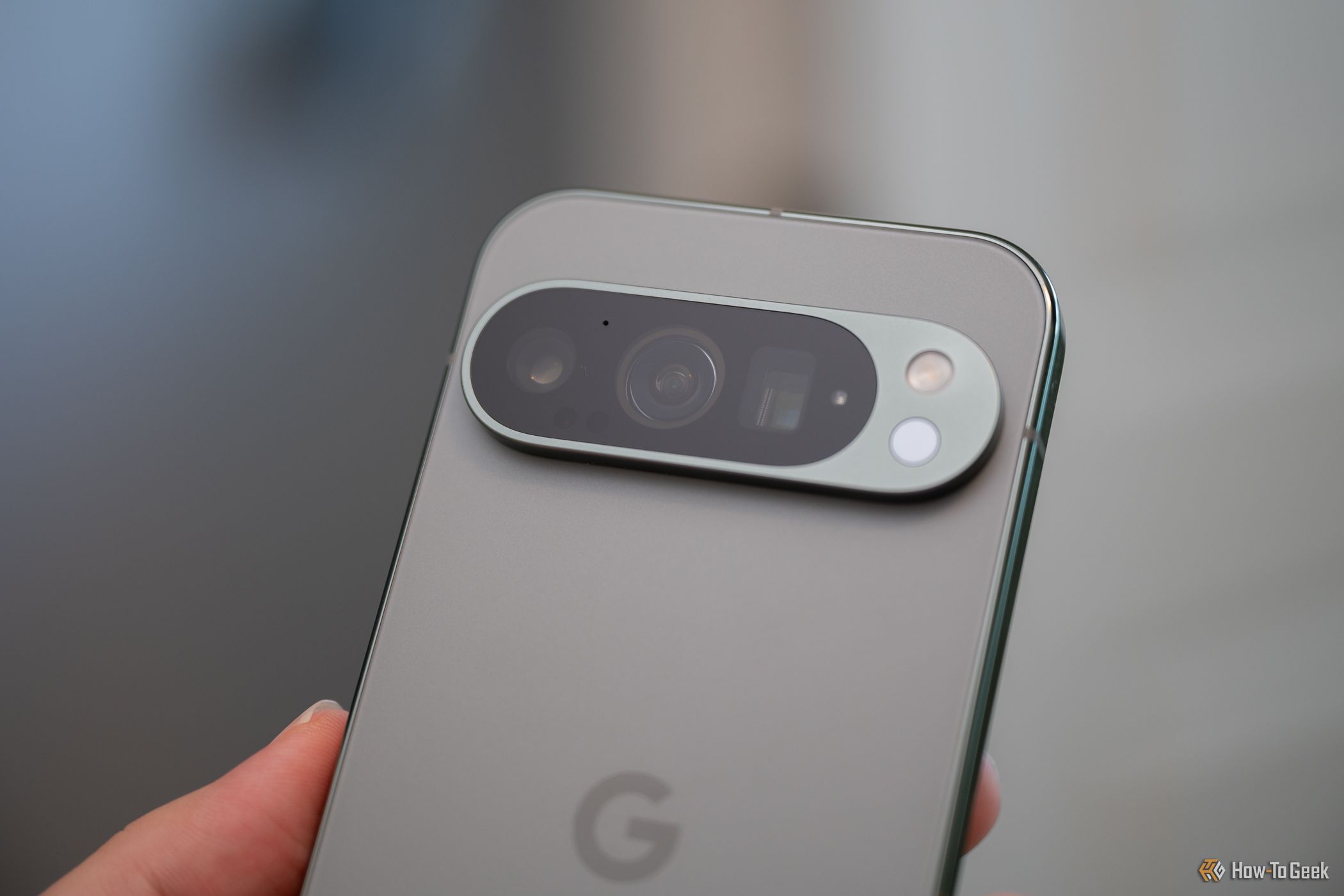Reading the spec sheet is probably the first thing you do when you’re considering buying a new phone. While that’s perfectly fine, you’d be better off just ignoring the following specs altogether, as they might not contribute much to your research.
Benchmark Scores
People today hold on to their phones for much longer and upgrade far less often. If you plan to do the same, you’d want to ensure your phone keeps running smoothly for several years without slowing down, and for that, you’ll need a powerful processor.
While a fast chip alone isn’t enough to guarantee fluidity, more power does help future-proof your phone. But since testing the device in person isn’t always possible, we rely on benchmark scores as a convenient alternative. The problem is they are not a perfect representation of real-world performance and can even be manipulated.
In the past, a number of Android manufacturers have been accused of throttling their devices for games and other apps and leaving benchmark apps untouched, giving you a misleading, inflated score. In 2022, Geekbench banned Samsung’s Galaxy S22 series for this reason.
So, if benchmark scores are not fully reliable and testing the device in person is not always possible, how can you check if the phone you’re eyeing is sufficiently powerful?
The short answer is you don’t. Modern smartphones, including many cheaper models, are already so powerful they can handle pretty much anything you throw at them. And since most people use their phones as a portal to their favorite apps and to perform very basic tasks, all that extra power doesn’t translate into a significantly better overall experience anyway.
The reason flagship phones feel more fluid is not necessarily that they have faster chips but that the manufacturer has spent more time optimizing the software. And since software optimization can’t be quantified, it’s not put on the spec sheet and, hence, often overlooked.

Related
You’re Overlooking These Important Smartphone Specs (But Shouldn’t)
There’s more to a phone than CPUs, megapixels, and RAM.
Peak Brightness
Peak brightness is another spec companies love boasting about, like 4500 nits on the OnePlus 13 or 6500 nits on the Realme GT 7 Pro. These numbers look impressive, but they don’t give an accurate insight into how bright the screen actually is during everyday use.
Peak brightness is not the maximum brightness you can get by setting the brightness slider to its maximum—that’s called typical brightness. It also doesn’t refer to the additional brightness your screen achieves beyond the manual maximum when you enable auto-brightness and are outdoors or there’s harsh ambient light—that’s called High Brightness Mode (HBM).
Companies obtain peak brightness when a tiny portion of the screen, sometimes even a single pixel, is able to achieve very brief bursts of intense brightness under a controlled environment while viewing HDR content. Simply put, it’s mostly there for marketing.
If the screen could actually sustain operating at peak brightness (which it can’t), it’d wreck your battery life and cause some serious eye strain. It’s best to just ignore it and instead look for the typical and HBM brightness, as they are far more useful specs.
Brands don’t usually reveal the typical brightness because it’s kept low on purpose to ensure eye comfort and avoid excessive battery drain, so searching for lab tests done by independent reviewers can help.
Camera Megapixels
There’s a lot that goes into making the camera system on the phone the best it can possibly be, and with computational photography becoming increasingly important each year, it becomes harder to rely on hardware specs alone to judge how good the camera is.
The spec thrown around the most when it comes to smartphone photography is megapixels. It’s easy to believe that increasing the number of pixels on a camera sensor, called photosites, results in improved overall image quality, but that’s not true.
What it actually does is increase the maximum resolution possible so you can zoom in further without your shot becoming blurry. This comes at the cost of a larger file size and slower shutter speed, so your storage will fill up quicker, and you won’t be able to take burst shots.

Related
The Best Android Camera Phones of 2025
The best camera is the one you have with you. You might as well make sure your smartphone can snap the best picture possible!
You might’ve noticed the default camera resolution set on phones is always lower than the maximum resolution the sensor is capable of capturing. That’s because a lower-resolution shot is more than good enough for most shooting conditions, especially nighttime.
Also, a high-res shot is kinda redundant because people share their photos using social media and messaging apps that greatly compress your shared files. That means the recipient won’t be able to see the details you were able to capture in high-res mode anyway unless you share the photo in a document format, via email, or a file-sharing tool like Quick Share.
The camera spec that actually matters is the size of the image sensor itself. A larger image sensor lets in more ambient light, which helps improve dynamic range and avoid image noise in low-light environments. It also makes the depth of field (DoF) shallower, so you can take those Instagrammable portrait shots with a nice bokeh blur.
However, since smartphones need to be pocketable and there’s limited room inside the chassis, there’s a limit to how big an image sensor you can fit. So, companies use software magic to counteract hardware deficiencies. Simply put, you can’t judge a phone’s camera performance based on its specs alone.
Glass Protection
Part of the appeal of buying an expensive phone is the perception that it’s far more durable than cheaper alternatives and, hence, more resistant to scratches and cracks. Sadly, that’s not entirely true either. The Gorilla Glass used on a top-of-the-line flagship phone isn’t significantly stronger than the one used on a mid-range device.
This is because making a sheet of tempered glass both more scratch-resistant and crack-resistant at the same time is extremely hard since the former is derived from hardness and the latter from flexibility.
As Caltech professor of materials science William L. Johnson told The Verge, more tempering of glass “makes the whole screen more tolerant to overall bending, as in dropping the phone. But it does not necessarily improve the hardness of the glass [and] might actually make it slightly worse. It’s the hardness that enables scratch resistance.”
This makes sense because if we could endlessly make glass both more flexible and tougher, foldable phones wouldn’t have such delicate inner screens.
There are countless instances on Reddit of people reporting seeing scratches on their $1000 phone in the first week alone, and the angle at which your phone drops plays a much bigger role in determining whether the screen will crack than how strong the glass is.
So, regardless of how strongly the company might advertise the toughness of the glass on its phone, it’s best to just use a case and a screen protector like a normal person.
Screen Refresh Rate
I’ve also stopped caring about screen refresh rates, not because they don’t matter, but because they have been standardized. Pretty much all smartphones except non-Pro iPhones and entry-level Android phones now come with a 120Hz panel, and that is perfectly adequate.
Some gaming phones go up to 144Hz, 165Hz, or even 240Hz, which is complete overkill. You might be able to spot minute differences in smoothness between 120Hz and 144Hz if you really try, but there are diminishing returns in perceived smoothness after 120Hz.
Similar is the case for screen resolution. Some flagship Android phones offer a 1440p, a.k.a. Quad-HD display, which supposedly enhances sharpness, text readability, and image quality. But this difference is negligible and just ends up wasting your battery. For this reason, Samsung keeps the default screen resolution at 1080p, a.k.a. FHD, on its premium phones.
By all means, read spec sheets when doing your research before buying a new phone. But be mindful and check the specs that actually matter and ignore the ones that are misleading, standardized, or give you an incomplete idea of the device’s capabilities.






